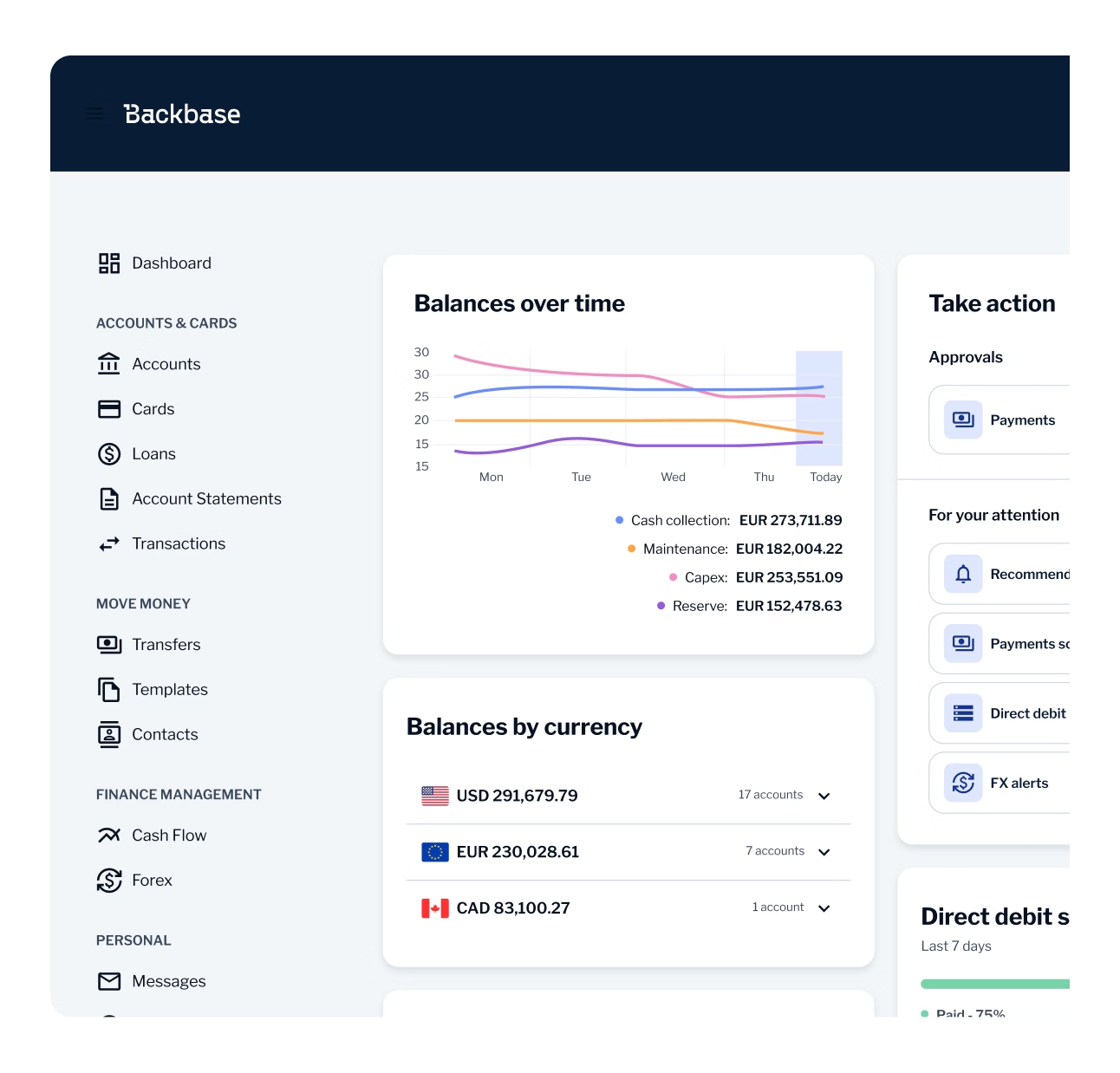Backbase
35% of IT budgets among Tier 1 and Tier 2 banks in Australia will be spent on new technologies
Investment in digital banking to accelerate in pursuit of efficiencies and new revenue sources to offset shrinking revenues


Digital banking adoption in the Asia Pacific (APAC) is set to accelerate with over three in five customers (63%) willing to make the switch to neobanks and challenger banks in the next five years, according to the Fintech and Digital Banking 2025 report by Backbase and IDC. The report also found that the region is expected to see 100 new financial institutions by 2025, ushered in by liberalization of several markets and issuance of new banking licenses.
In Australia, established banks will see to ameliorate recent erosion in cost-to-income ratios in part using open API platforms. These platforms not only promote internal agility and efficiency but also enable third-party partners and fintech capabilities to be integrated into seamless digital customer journeys across all channels. These changes should also delight customers, as a significant majority (70%) of APAC banking customers continue to view banking processes as tedious.
Lack of Agility in the Race to be Digital-First
The report found that incumbent banks have historically not been able to take advantage of potential ecosystem partners as they still hold traditional views of the value chain. 80% of the top 250 banks in APAC still prefer to own the entire value chain of banking, with third party-contributed business at a mere 2%. Part of the challenge is the average age of core banking systems, which in the top 100 banks across APAC sits at 17.5 years, far behind the rapidly developing digital economy of today.
On the other hand, more than 35 neobanks or new digital challengers across APAC are built on modern technology foundations following agile best practices — with corresponding advantages over incumbents in terms of flexibility, self-service capabilities, customer needs, and personalization. Consequently, with the emergence of new players and further digital disruption in the industry, 38% of traditional banks’ revenues are at risk by 2025.
However, the report found that the big four Australian banks will maintain their dominance through 2025, as small and mid-tier banks continue to be challenged by a combination of legacy systems, competition for digital talent, and lack of experience in executing large-scale digital transformation. 35% of IT budgets among Tier 1 and Tier 2 banks will be spent on “new” ― new technologies and new categories of spending, but integration with legacy systems will remain a significant challenge.
Strategic Investments & Growth Priorities for 2025
As the banking industry goes through a period of intensified pressure, in turn accelerating focus on digital-first, the report found that APAC banks must unleash the potential of personalization at scale and be more customer-driven and platform-oriented.
A key focus will be on digitization and implementation of artificial intelligence (AI). By 2025, 44% of the top 250 banks across APAC will complete their “connected core” transformation — working on platform-based and componentized modernization, and API-enablement. 48% of banks in APAC are also expected to leverage AI or machine learning (ML) technologies for data-driven decisions.
In Australia, the use of AI for customer management is expected to increase revenue in retail banks by 15% and wealth management by 10%. By becoming better aggregators and users of customer data, banks can go beyond static analysis of historical behaviour to actively predicting it, which brings banks into the realm of smart and intelligent banking and become part of the customer’s decision-making process and financial life.
Hyper-personalization at scale through mobile experiences is key as the contest for
consumers’ attention to be a super app intensifies. Banks must create memorable and composable omni-channel capabilities that are not only smartphone-friendly, but support seamless journeys across other customer touchpoints including online banking, or even face-to-face channels.
From a digital banking perspective, the rapidly unfolding pandemic will have a profound and enduring effect in Australia. Transforming to a digital-first business will be key to survive the persistent challenging conditions. Increased customer adoption of digital together with the launch of open banking present significant opportunities for banks with the capabilities to adapt. Incumbent banks and new challengers in Australia must innovate at a rapid pace to emerge on top in the race to be digital-first.
Dr. Malcolm Macnaughtan
Regional Director for Australia and New Zealand of Backbase
Michael Araneta, Associate Vice-President of IDC Financial Insights, Asia Pacific added:
“Being digital-first calls for the integration of digital technologies with the comprehensive transformation of business processes, engagement strategies, channels, and business models of banking. With the insights from the report, banks and neobanks can be well-positioned for the future.”
About the report
This study is based on IDC Financial Insights review of digital banking strategies of 55 banks from 6 key Asia/Pacific markets (Australia, India, Indonesia, Philippines, Thailand, Vietnam), 20 challenger banks, and 40 fintech disruptors. The study was conducted in 4Q2019-1Q2020. IDC also made reference to its reports on Digital Banking from the past five years to understand the evolution of digital banking strategies.

Backbase is on a mission to put bankers back in the driver’s seat — fully equipped to lead the AI revolution and unlock remarkable growth and efficiency. At the heart of this mission is the world’s first AI-powered Banking Platform, unifying all servicing and sales journeys into an integrated suite. With Backbase, banks modernize their operations across every line of business — from Retail and SME to Commercial, Private Banking, and Wealth Management.
Recognized as a category leader by Forrester, Gartner, Celent, and IDC, Backbase powers the digital and AI transformations of over 150 financial institutions worldwide. See some of their stories here.
Founded in 2003 in Amsterdam, Backbase is a global private fintech company with regional headquarters in Atlanta and Singapore, and offices across London, Sydney, Toronto, Dubai, Kraków, Cardiff, Hyderabad, and Mexico City.

